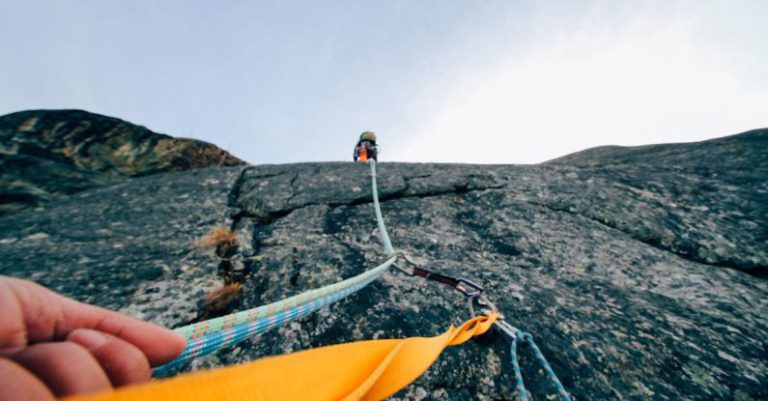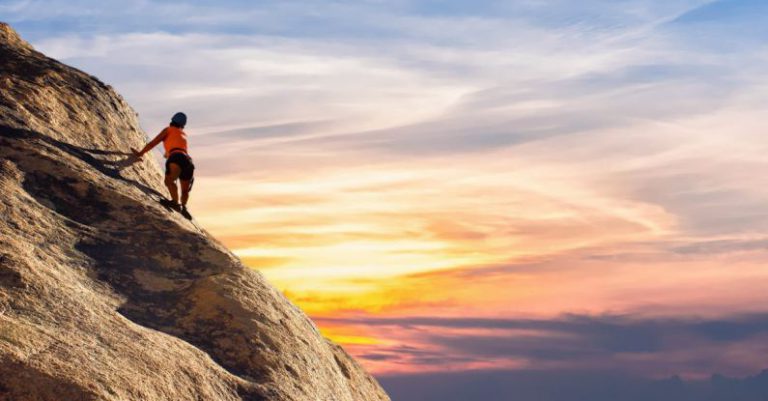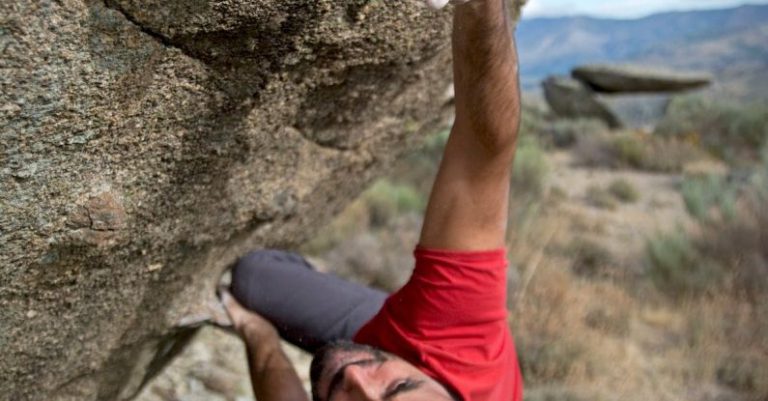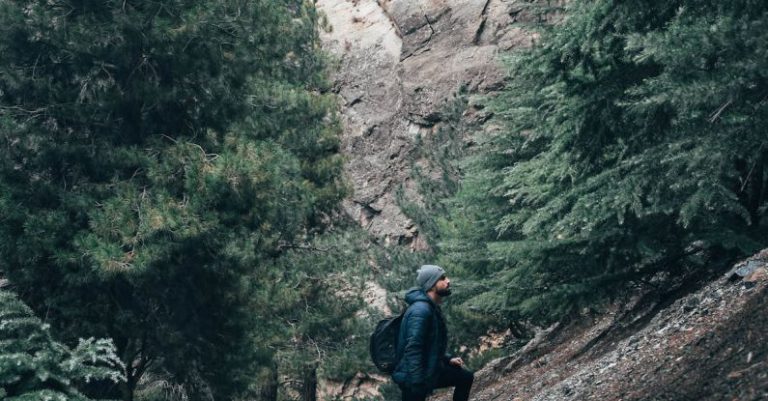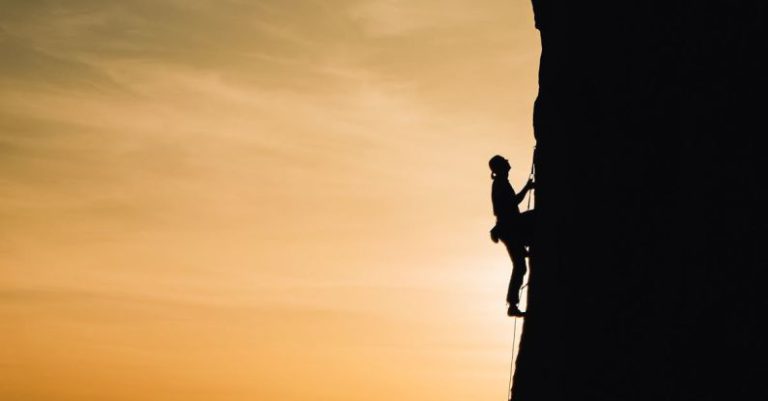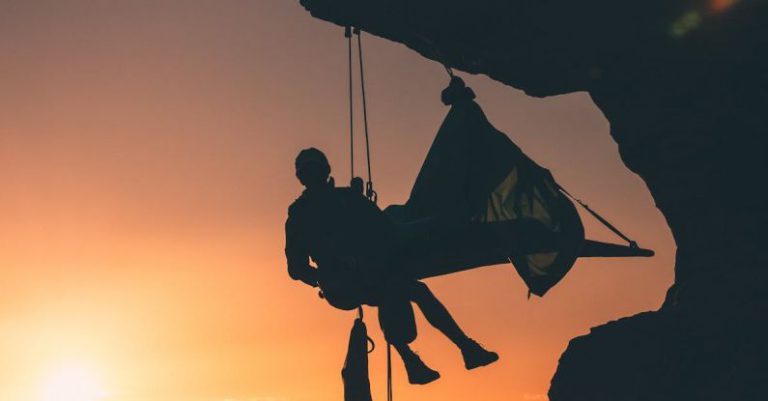
Climbing is a challenging and exhilarating sport that requires both physical strength and mental focus. Whether you are a beginner or a seasoned climber, there is always room for improvement in your climbing technique. By honing your skills and paying attention to key aspects of climbing, you can enhance your performance and take your climbing to the next level.
Understanding Body Positioning
One of the most crucial aspects of climbing technique is body positioning. Proper body positioning can make a significant difference in your ability to climb efficiently and effectively. When climbing, focus on keeping your hips close to the wall and your weight centered over your feet. This will help you maintain balance and control as you navigate the route. Additionally, be mindful of your arm positioning and avoid overreaching or straining to reach holds. By staying aware of your body positioning and making adjustments as needed, you can improve your climbing technique and climb more confidently.
Utilizing Proper Footwork
Footwork is another essential component of climbing technique that can greatly impact your performance on the wall. Effective footwork involves using your feet to support your weight and propel you up the route. When climbing, pay attention to the placement of your feet and aim to step on footholds with precision and intention. Make use of the entire surface area of your climbing shoes to maximize grip and stability. By focusing on proper footwork and developing your technique, you can climb more efficiently and conserve energy for more challenging sections of the route.
Mastering Grip Techniques
Grip strength is crucial in climbing, but it is not just about how hard you can hold on to a hold. Developing a variety of grip techniques can help you navigate different types of holds and terrain more effectively. Experiment with open-handed grips, crimps, pinches, and slopers to increase your versatility and adaptability on the wall. Practice switching between grips smoothly and efficiently to maintain control and momentum as you climb. By mastering a range of grip techniques, you can improve your climbing technique and tackle a wider range of routes with confidence.
Building Endurance and Stamina
Endurance and stamina are key components of climbing performance, especially on longer routes or during sustained climbing sessions. Building endurance involves developing the ability to climb efficiently for extended periods of time without becoming overly fatigued. To improve your endurance, incorporate endurance-focused training exercises such as long endurance routes, interval training, and circuit training into your climbing routine. By gradually increasing the duration and intensity of your climbing sessions, you can enhance your endurance and stamina, allowing you to climb longer and harder routes with greater ease.
Enhancing Mental Focus and Awareness
Climbing is not just a physical sport; it also requires mental focus and awareness to succeed. Developing mental toughness and the ability to stay calm and focused while climbing can greatly improve your performance on the wall. Practice mindfulness techniques such as deep breathing and visualization to help calm your mind and stay present during challenging climbs. Maintain a positive attitude and approach each climb with confidence and determination. By enhancing your mental focus and awareness, you can improve your climbing technique and overcome obstacles more effectively.
Optimizing Rest and Recovery
Rest and recovery are essential components of any training regimen, including climbing. Proper rest allows your body to recover and repair itself, helping you avoid burnout and injury. Incorporate rest days into your climbing schedule to give your muscles time to recover and rebuild. Listen to your body and pay attention to signs of fatigue or overtraining. Adequate rest and recovery will help you stay healthy and strong, allowing you to continue improving your climbing technique over the long term.
Incorporating Cross-Training and Strength Training
Cross-training and strength training can complement your climbing practice and help you develop the physical attributes necessary for climbing success. Incorporate activities such as yoga, Pilates, and cardio workouts into your routine to improve flexibility, balance, and overall fitness levels. Additionally, focus on strength training exercises that target key muscle groups used in climbing, such as the core, forearms, and back. By incorporating cross-training and strength training into your regimen, you can enhance your climbing technique and performance on the wall.
Fine-Tuning Your Technique
Continuous improvement in climbing technique requires dedication, practice, and a willingness to learn and grow as a climber. Fine-tuning your technique involves seeking feedback from more experienced climbers, watching climbing videos for inspiration and insights, and experimenting with different strategies and approaches on the wall. Be open to trying new techniques and pushing yourself out of your comfort zone to expand your skills and abilities as a climber. By continuously fine-tuning your technique and seeking ways to improve, you can reach new heights in your climbing journey.
Embracing the Journey: A Climber’s Perspective
Climbing is a journey of self-discovery, growth, and personal challenge. Embrace the process of improvement and enjoy the highs and lows that come with pushing your limits as a climber. Celebrate small victories and milestones along the way, and remember that progress takes time and dedication. Approach each climb with a sense of curiosity and wonder, and let your passion for climbing drive you to new heights. By embracing the journey and committing to continual improvement, you can become a stronger, more skilled climber and experience the joy and fulfillment that climbing has to offer.
